Introduction
Cooking meat that is both tender and richly flavored often requires techniques like caramelizing sugar to achieve a deep, glossy color and complex sweetness. However, this method can be intimidating for novice cooks and may not always yield the desired results. What if there was a simpler way to create meat dishes that are juicy, aromatic, and melt-in-your-mouth tender without the need for stir-frying sugar? This article explores a revolutionary approach to cooking meat that prioritizes natural flavors, slow cooking, and strategic seasoning. By mastering this technique, you’ll unlock dishes that are bursting with savory depth, tender textures, and a fragrance that lingers long after the meal is over.
The Science Behind Tender, Flavorful Meat
To understand why this method works, it’s essential to grasp the basics of meat science. Meat is composed of muscle fibers, connective tissue, and fat. When cooked at high temperatures, these components tighten, causing toughness. However, slow, low-temperature cooking breaks down collagen (a type of connective tissue) into gelatin, resulting in tender, succulent meat. Traditional caramelization relies on high heat to create a caramelized crust, but this can sometimes dry out the meat. The alternative approach focuses on moisture retention and layered flavor development.
Key Ingredients for Maximum Flavor
The secret to achieving rich flavor without caramelization lies in selecting the right ingredients. Here’s a breakdown of essential components:
- Protein Base: Opt for cuts with adequate marbling, such as pork shoulder, beef chuck, or chicken thighs. Fat contributes to moisture and richness.
- Aromatics: Garlic, ginger, onions, and shallots form the flavor foundation. Roasting or sautéing these gently releases their natural sugars and oils.
- Liquid Components: Broth, soy sauce, rice wine, or vinegar add depth. These liquids also keep the meat moist during cooking.
- Spices and Herbs: Star anise, cinnamon, bay leaves, or black peppercorns impart warmth and complexity. Fresh herbs like cilantro or thyme add brightness.
- Sweeteners (Optional): A touch of honey, brown sugar, or dates can balance saltiness without the need for caramelization.
Step-by-Step Preparation
Meat Selection and Preparation
Choose a cut with sufficient fat and connective tissue. Trim excess fat but leave some for flavor. Cut the meat into uniform pieces to ensure even cooking. For pork belly, for example, slice into 2-inch cubes. For chicken, use thighs with skin on for added richness.
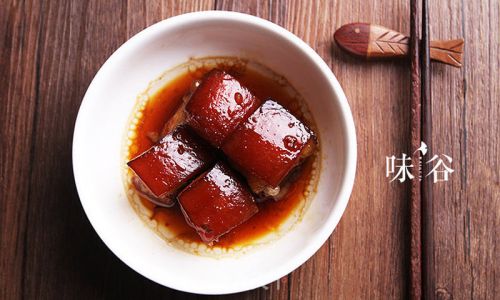
Marinating for Depth
Marinating is crucial for infusing flavor. Combine soy sauce, minced garlic, grated ginger, a splash of rice wine, and a pinch of five-spice powder. Submerge the meat and refrigerate for at least 2 hours, or overnight for maximum impact. This step tenderizes the meat and builds a savory base.
Searing (Not Caramelizing)
While traditional recipes call for caramelizing sugar in oil, this method skips that step. Instead, sear the meat in a neutral oil over medium-high heat until browned on all sides. Searing creates a Maillard reaction, which develops complex flavors without the need for sugar. Remove the meat and set it aside.
Building the Braising Liquid
In the same pot, sauté chopped onions, carrots, and celery until soft. Add tomato paste and cook until it darkens slightly. Deglaze with broth, scraping up any browned bits. Return the meat to the pot and add aromatics like bay leaves, star anise, and peppercorns. The liquid should partially submerge the meat.
Slow Cooking for Tenderness
Bring the liquid to a simmer, then reduce the heat to low. Cover and cook for 2–3 hours, or until the meat is tender enough to shred with a fork. The long, slow process breaks down collagen into gelatin, creating a luxurious texture. Check occasionally to ensure the liquid doesn’t evaporate completely; add water if needed.
Finishing Touches
Once the meat is tender, remove it from the pot. Strain the braising liquid to remove solids, then reduce it over high heat until thickened. This concentrated sauce coats the meat beautifully. For an extra layer of flavor, stir in a knob of butter or a splash of cream.
Tips for Perfect Results
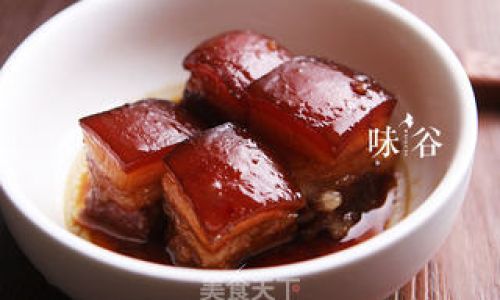
- Temperature Control: Maintain a gentle simmer. Boiling will toughen the meat.
- Fat Management: Skim excess fat from the surface before serving for a cleaner finish.
- Resting Time: Let the meat rest for 10 minutes after cooking to redistribute juices.
- Herb Infusion: Add fresh herbs like cilantro or thyme during the last 15 minutes of cooking to preserve their brightness.
Serving Suggestions
- Rice Bowls: Pile the meat over steamed rice and drizzle with sauce. Top with a fried egg for added richness.
- Noodle Dishes: Toss with egg noodles, blanched vegetables, and a sprinkle of sesame seeds.
- Tacos: Shred the meat and serve in warm tortillas with pickled onions and lime wedges.
- Appetizers: Use as a filling for dumplings or buns, paired with a tangy dipping sauce.
Variations and Adaptations
Spicy Twist
Add dried chilies, Sichuan peppercorns, or a dollop of chili paste to the braising liquid for a fiery kick.
Sweet and Savory
Incorporate dates, figs, or a drizzle of honey during the last hour of cooking for a subtle sweetness.
Vegetarian Adaptation
Substitute meat with hearty vegetables like eggplant or mushrooms. Use miso paste or nutritional yeast for umami depth.
Pressure Cooker Hack
For time-efficient cooking, use a pressure cooker. Sear the meat, then cook under high pressure for 30–40 minutes. Natural release for 15 minutes before opening.
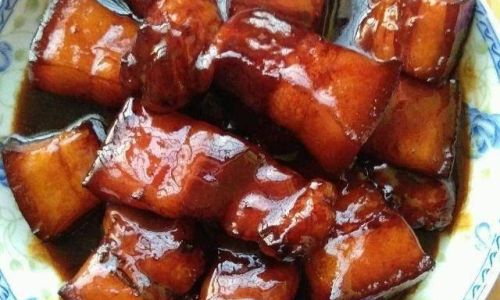
Troubleshooting Common Issues
- Tough Meat: Likely undercooked. Extend cooking time and ensure liquid is at a gentle simmer.
- Bland Flavor: Increase aromatics or add a splash of vinegar to brighten the dish.
- Greasy Texture: Chill the sauce overnight to solidify fat, then scrape it off before reheating.
The Health Perspective
This method is inherently healthier than traditional caramelization, which often involves added sugars and high heat that can form harmful compounds. By focusing on natural ingredients and slow cooking, you reduce the risk of charring while retaining nutrients.
Cultural Inspirations
While this technique is versatile, it draws inspiration from global cuisines. Think of the tender braised dishes of Chinese hong shao rou, the rich stews of French pot-au-feu, or the comforting carnitas of Mexico. Each culture uses slow cooking to transform tough cuts into culinary treasures.
Conclusion
Cooking meat that is tender, aromatic, and bursting with flavor doesn’t require complex techniques or caramelization. By prioritizing quality ingredients, slow cooking, and strategic seasoning, you can create dishes that rival those from high-end restaurants. This method celebrates the meat’s natural qualities while building layers of flavor that delight the senses. Whether you’re a novice cook or a seasoned chef, mastering this approach will elevate your home cooking and leave your guests asking for seconds. So, grab your Dutch oven, select your favorite cut, and embark on a journey to meat perfection—no stir-frying sugar required.
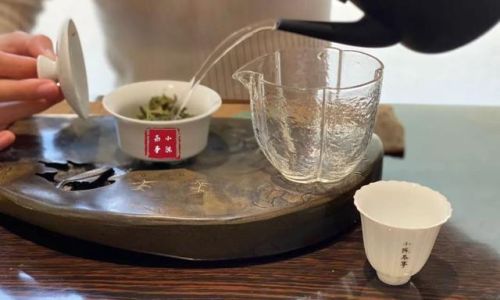

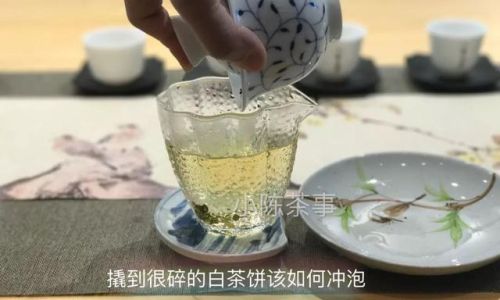
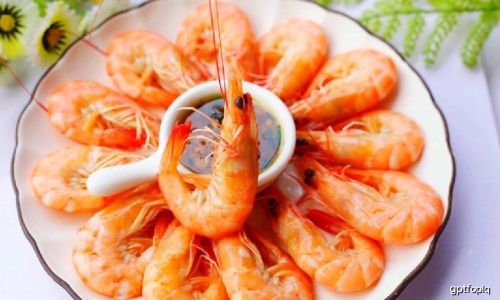
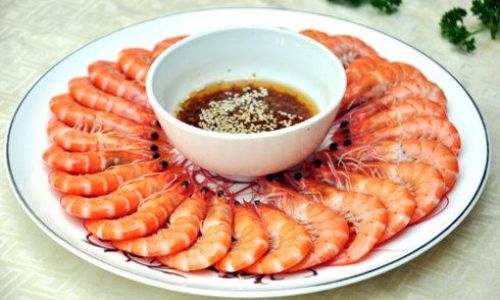
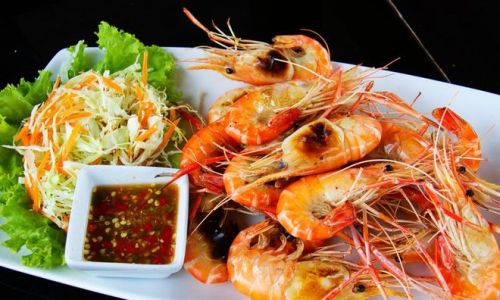
0 comments